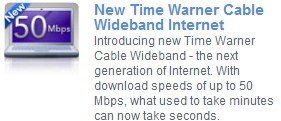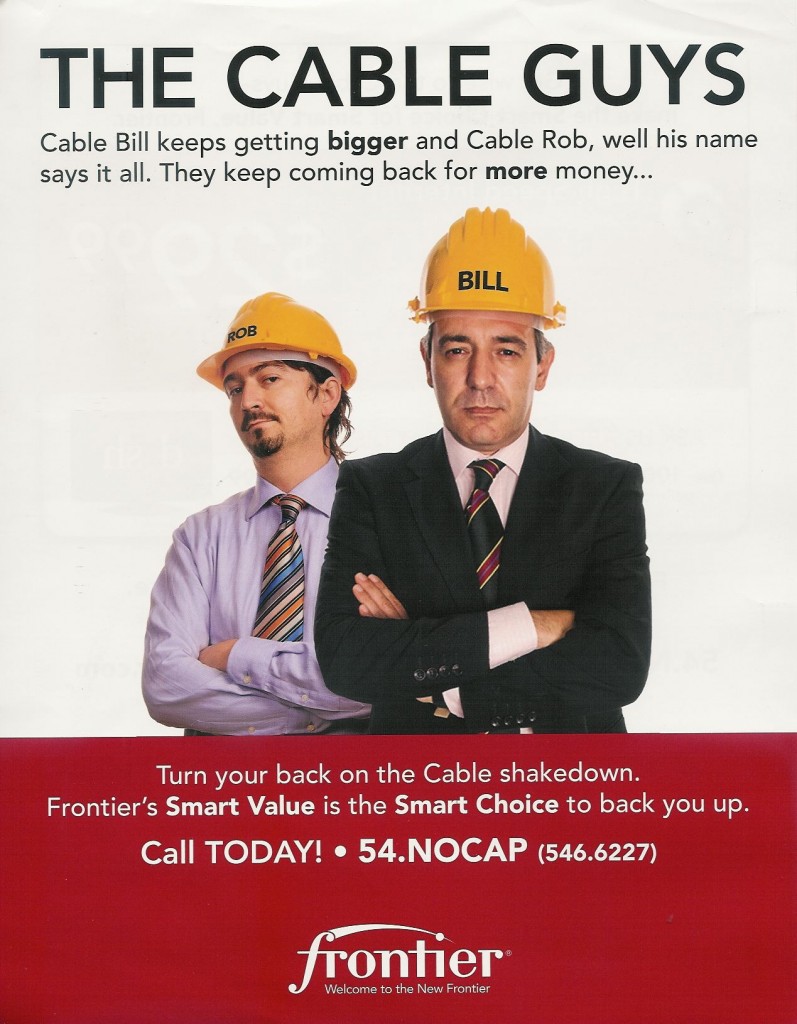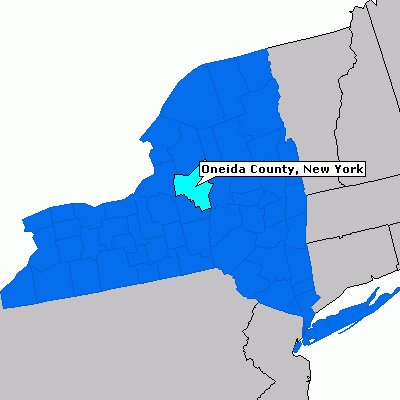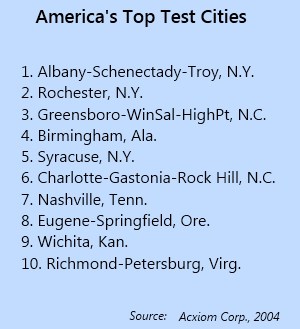 Advertisements for Road Runner Extreme, Time Warner Cable’s DOCSIS 3 “wideband” service, began running in Rochester, N.Y., this week despite the fact Time Warner Cable has no intention of providing the service in the area anytime soon.
Advertisements for Road Runner Extreme, Time Warner Cable’s DOCSIS 3 “wideband” service, began running in Rochester, N.Y., this week despite the fact Time Warner Cable has no intention of providing the service in the area anytime soon.
The ad offers Road Runner subscribers the chance to obtain 30/5 Mbps service “for just $20 more per month” and invites viewers to “call now to order.”
So that’s what we did.
Time Warner Cable representatives in Buffalo confirmed the service is not available in Rochester, but figured if they were advertising it here it must be coming soon. Even they were surprised with the answer they got ‘from upstairs’ when inquiring further.
“No, it’s not coming to Rochester anytime soon,” we were told.
We asked if there was any timetable to bring DOCSIS 3 upgrades to the area. The response was both illuminating and candid:
“I wouldn’t hold your breath. We’ve had some issues in the Rochester area and, for now, we feel comfortable offering the service only in the Buffalo area in western New York.”
When we asked why the company was now heavily advertising a product on Rochester TV screens that isn’t available here, we were told Time Warner Cable was increasingly consolidating its operations in western New York through its Buffalo office, which is where “most customer service” and “local advertising you see on cable channels” is now originating. Since Road Runner Extreme is available in Buffalo, Rochester viewers are accidental witnesses to a service intended for residents of The City of Good Neighbors.
 So what are “the issues” in the Rochester area?
So what are “the issues” in the Rochester area?
Time Warner Cable bypassed Rochester for promised upgrades after the defeat of their proposed Internet Overcharging plan, which would have tripled broadband prices for an equivalent level of service. Consumer outrage and political headaches combined to kill the experiment.
Meanwhile, Time Warner Cable isn’t compelled to hurry DOCSIS 3 into an area underserved by Frontier Communication’s slow speed DSL service. Neighboring communities in Buffalo and Syracuse have access to Verizon’s fiber-to-the-home service FiOS, which has driven Time Warner to enhance services in both communities to avoid losing customers.
Despite the slow pace of upgrades, Time Warner Cable previously stated it intended to upgrade a significant number of its cable systems to DOCSIS 3 technology by the end of the year. So it will eventually reach the area. As Time Warner Cable recommends… just don’t hold your breath.
[flv width=”490″ height=”380″]http://www.phillipdampier.com/video/Time Warner Cable at the NYS Fair.flv[/flv]
The closest residents of the Flower City will get to Road Runner Extreme is at the New York State Fair in Syracuse, at the Time Warner Cable booth. (Their advertised ‘celebrity’ is Mike O’Malley. Who???) (1 minute)


 Subscribe
Subscribe






